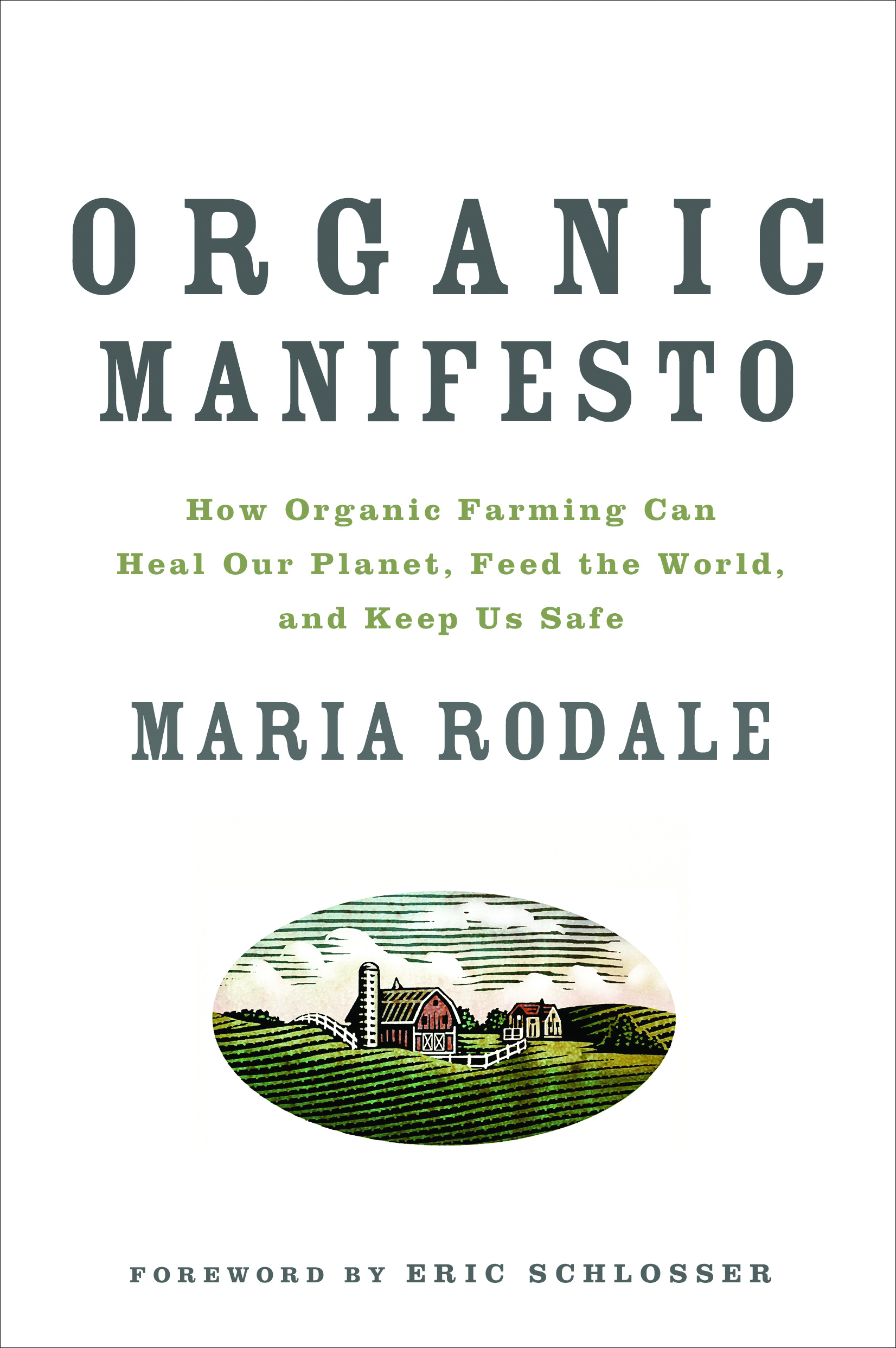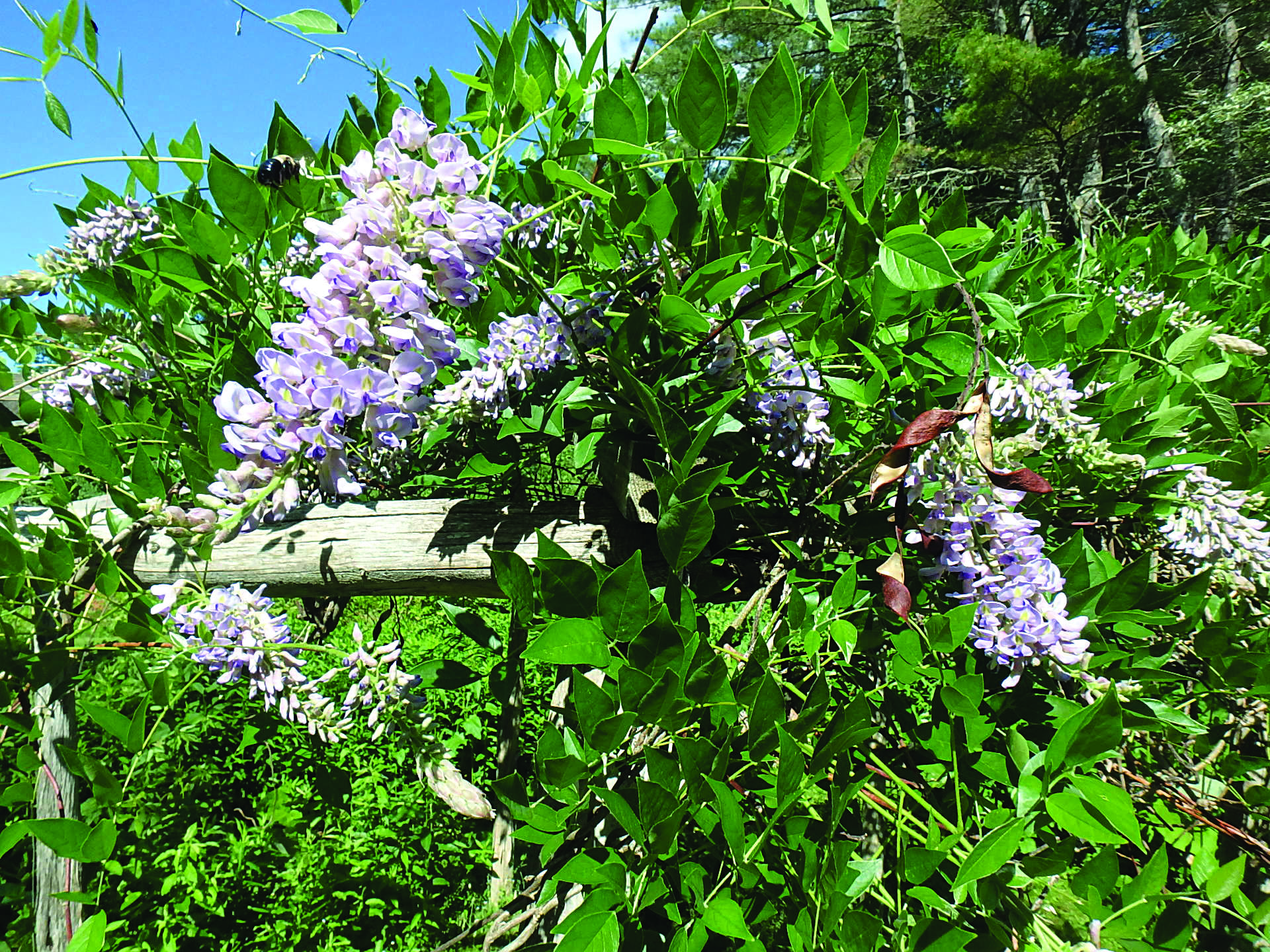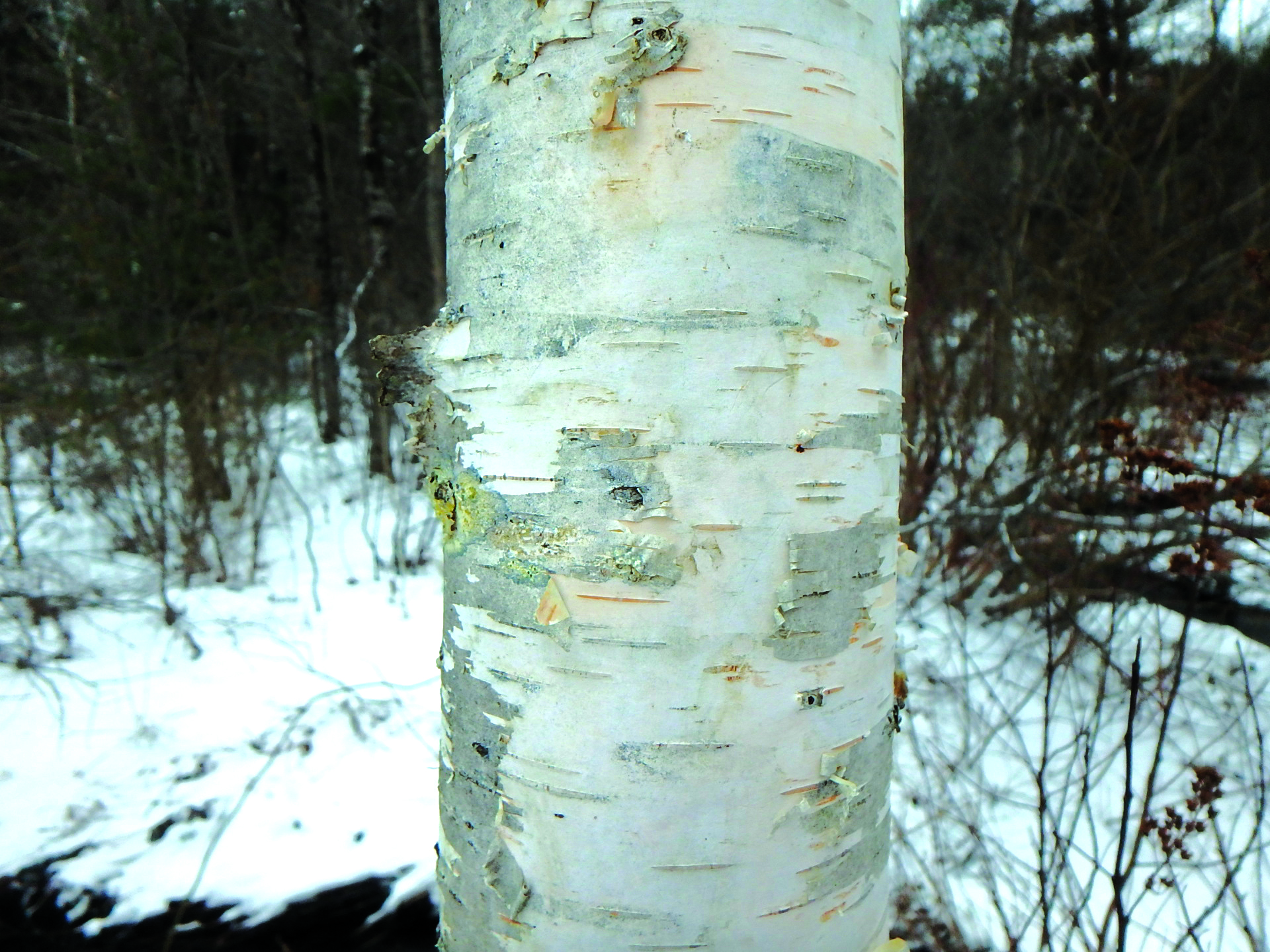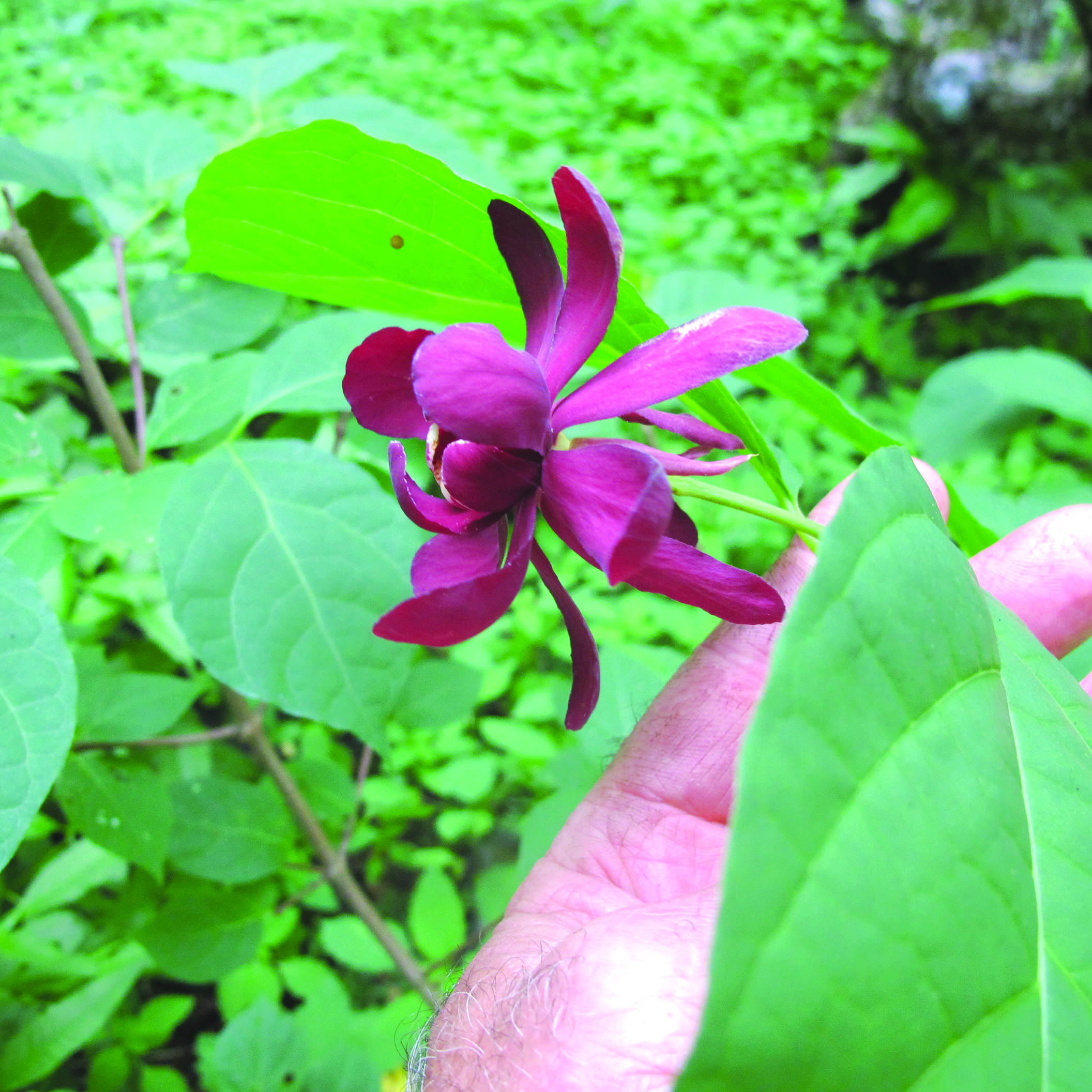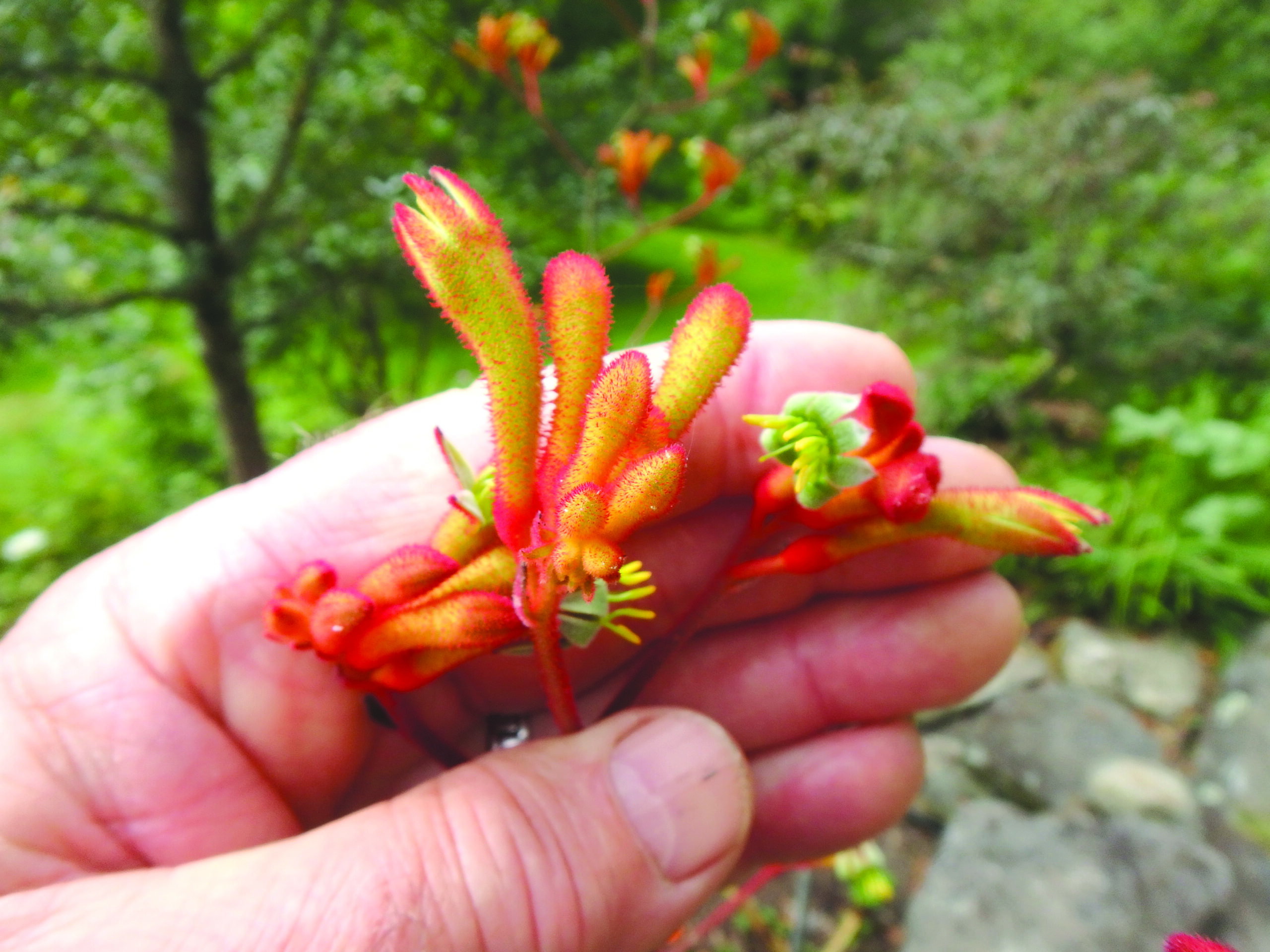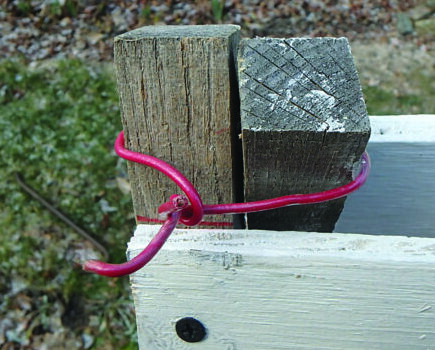Why growing — and eating — organic is important
I’ve been growing vegetables organically all my life. I use no chemical fertilizers or pesticides. I don’t often think about the reasons I do so, any more than I think about breathing — it’s just something I do.
I recently picked up a book written by Maria Rodale called The Organic Manifesto: How Organic Farming Can Heal Our Planet, Feed the World, and Keep Us Safe (Rodale Press, 2010) and it reminded me why I do so. I’d like to share some of the important points with you here.
In the introduction Eric Schlosser (author of the fabulous book Fast Food Nation) presented some stark facts: American farmers use 1.2 billion pounds of pesticides each year — four pounds for every man, woman and child. Some of these pesticides — the organophosphates — were first developed in Germany in WWII as chemical weapons. The federal government does not require reporting of usage, and testing is done by manufacturers, not the EPA or USDA. Most food has some pesticide residue — except for organic foods, which shouldn’t have any.
One of Maria Rodale’s reasons for eating only organic food might surprise you: It has to do with climate change. Soils treated with chemicals, including fertilizers, do not have robust populations of microorganisms. Organic soils do. Key among these living beings are the mycorrhizal fungi that coat the roots of plants in organically tended soils. These fungi sequester huge amounts of carbon, taking greenhouse gases out of the atmosphere and holding it in the soil. But they are virtually non-existent in soils treated with chemicals. Grow organically? Eat organically? You are helping the environment.
Secondly, irrigation water for commercial agriculture, particularly in the West, uses large quantities of water, depleting aquifers and polluting ground water. When I traveled through the Midwest in the early 2000’s I was amazed that supermarkets designated entire aisles to jugs of water — no one wanted to drink from their own wells. And there is a dead zone in the Gulf of Mexico that is bigger than New Jersey caused by agricultural runoff of chemicals from conventional fields.
Children are particularly vulnerable to chemicals used in commercial farming. Rates of childhood cancers, asthma, diabetes, autism and other debilitating conditions continue to increase. Ms. Rodale attributes (with copious footnotes to scientific studies) many of these changes to the chemicals children consume. As she says, “Cheap food equals high health care costs.”
The “organic” label on food also means that no genetically modified organisms were used in producing your food. Back in 2010 when Rodale wrote the book, 91 percent of all soybeans and 95 percent of all corn produced in America was genetically modified to be tolerant of a weed killer called glyphosate, sold under the trade name Roundup.
There has been much controversy about Roundup, and whether it is harmful to humans. Ms. Rodale points out that Roundup cannot be washed off food: It has a surfactant that allows the chemical to penetrate the cell wall. And since corn and soy are used to manufacture many foods, from ice cream to baby food and ketchup, it is everywhere. The federal government does not consider Roundup a problem, though many scientists do.
Ms. Rodale never once, in this book, criticized conventional chemical farmers. Organic or conventional, she recognized their hard work and a desire to work their land and support their families. She recognizes that transitioning to organic farming takes time, money and education.
So what can you do? You may not be able to afford to buy nothing but organic food. But you probably can buy your meats from local farmers that do not use the feedlots of the Midwest that feed their cows and pigs antibiotics. And you can get eggs, as I do, from a local teenager who treats his hens well. (Thank you, Ian’s Eggs.)
For vegetables, you can probably grow some of what you require for vegetables in summer, or buy from a local farm stand. Many farmers are happy to tell you about how they grow their vegetables. The supplier of the local farm stand near me uses an approach called IPA or Integrated Pest Management. This method encourages farmers to use natural controls and to use pesticides only when a crop is threatened. They cultivate crops to root out weeds instead of spraying herbicides like Roundup.
But the bottom line is this: The more you grow organically, the better your soil will be. If you use only organic methods, you can avoid many chemicals in your food that might be present in grocery store foods.
I recognize that I cannot change the world with what I do. But I have learned to grow plenty of vegetables and to keep them for eating out-of-season. So think about a bigger vegetable garden this summer, and I will tell you about how to put food up for next winter when the time comes.
Featured Photo: Image courtesy of Henry Homeyer.

